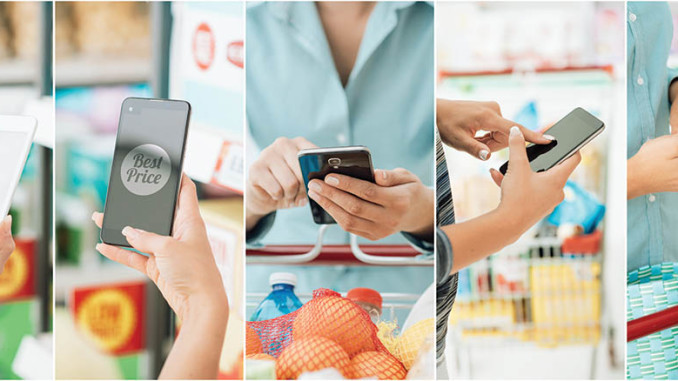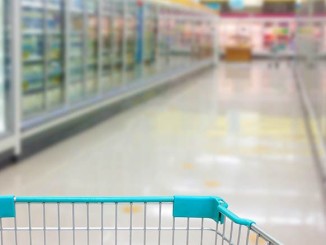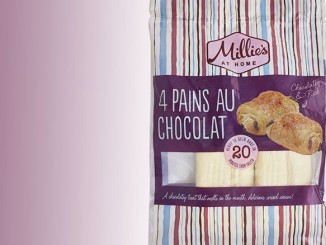
Toby Pickard, IGD’s senior Innovations and Trends analyst, looks at how the food and grocery industry is looking to take advantage of one click ordering buttons and instant reordering.
We live in an increasingly on-demand world where consumers are expecting instant gratification and convenience. Throughout 2016, we saw companies such as Amazon, Carling and Peroni introduce one click ordering buttons, a concept which the likes of Domino’s and Evian started experimenting with as far back as 2012. Could these buttons be a winning solution to satisfy shoppers? And could they enable brands to eliminate competition and create customer loyalty?
Early Adopters
Domino’s and Evian, or in other words the ‘early adopters’, were among the first brands we saw experimenting with one click buttons. Evian launched its ‘Smart Drop’ fridge magnet device in 2012 as part of its home delivery service in Paris, evianchezvous.com, which can order a water delivery by pushing it. Domino’s launched its ‘Easy Order’ mini pizza box-shaped Bluetooth button in 2015. It works alongside the mobile app to deliver a pre-inputted favorite order once pressed.
Amazon Dash Buttons
Amazon’s Dash Buttons connect via WiFi to a Prime member’s account. Each button is specific to a particular brand, and once the account holder has set-up using Amazon’s smartphone app, products can be reordered by simply pressing the button. Each device is essentially free, with the price of the button offset in the first order. It launched in 2015 in the US, and Prime members currently have the choice of over 200 brands, including many food and beverage brands. The buttons became available in the UK, Austria and Germany in 2016, and there are currently around 40 UK households using them. Although there are few brands in Europe currently available, we expect this will change soon, following the US’s recent expansion. The Dash Buttons are enabling Amazon to increase its focus on the FMCG category, and essentially making itself the ubiquitous online destination for its customers, in particular Prime members.
The full version of this article is available in the July-August print issue of Frozen Food Europe



